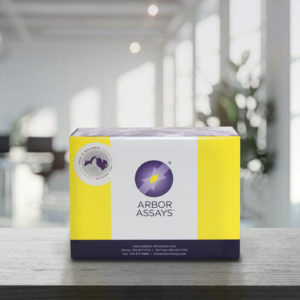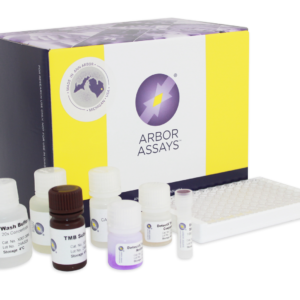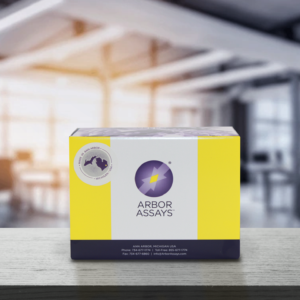Is E1S the key to unlocking next-gen breast cancer therapies?
Estrogen-receptor positive (ER+) breast cancers account for a staggering 80% of breast cancer diagnoses. The activation of these estrogen receptors primarily drives tumor growth in ER+ disease. Standard treatment for ER+ cancer in post-menopausal women includes aromatase inhibitors (AI) that block the aromatase enzyme from producing estrogen. In the absence of estrogen, the tumor shrinks as it starves. However, some tumors become resistant to AIs by producing estrogen through alternative pathways. One such pathway is through steroid sulfatase (STS), an enzyme that converts estrone sulfate (E1S) to estrone (E1).
The Study
In 2016, an important study in PLoS ONE by Higuchi et al. demonstrated the role of STS in E1S metabolism as an alternative source of estrogen production in AI-resistant breast cancers. The researchers found that human breast cancer cells resistant to AI treatment had nearly double the STS mRNA expression compared to the parental cells. These resistant cells also had increased expression of several organic anion transporter peptides (OATPs). OATPs allow cancer cells to take up circulating estrone sulfate from the blood. The cells then convert it to active estrone to drive tumor growth, even with aromatase inhibited.
These activated expressions correlated with a significant increase in tumor cell proliferation (p < 0.05) in response to E1S. E1S concentration was measured using Arbor Assays Estrone-3-Sulfate (E1S) Enzyme Immunoassay Kit (K038-H).
Furthermore, when STS was inhibited, the resistant tumor cells lost their enhanced ability to proliferate.
The Outcome
This discovery contributed to the growing portfolio of research backing the first generation of non-steroidal STS inhibitors. These findings later proved clinically potent in Phase II trials when combined with traditional AI treatment (“IRIS” Study). Inspired by these results, several molecular analogs of the first-generation STS inhibitors are currently under development. Many of them are expected to go to clinical trials in the coming years.
As novel cancer therapies continue to fill in treatment gaps in the current medical arsenal, the promise of a bright future for breast cancer survivors and their families keeps growing stronger.
Featured Products
-
In Stock
Estrone-3-Sulfate (E1S) ELISA Kit
$625.00 – $2,501.00The DetectX® Estrone-3-Sulfate (E1S) ELISA Kits measure E1S in a variety of samples and can be used in research of breast cancer and cryptorchidism.





